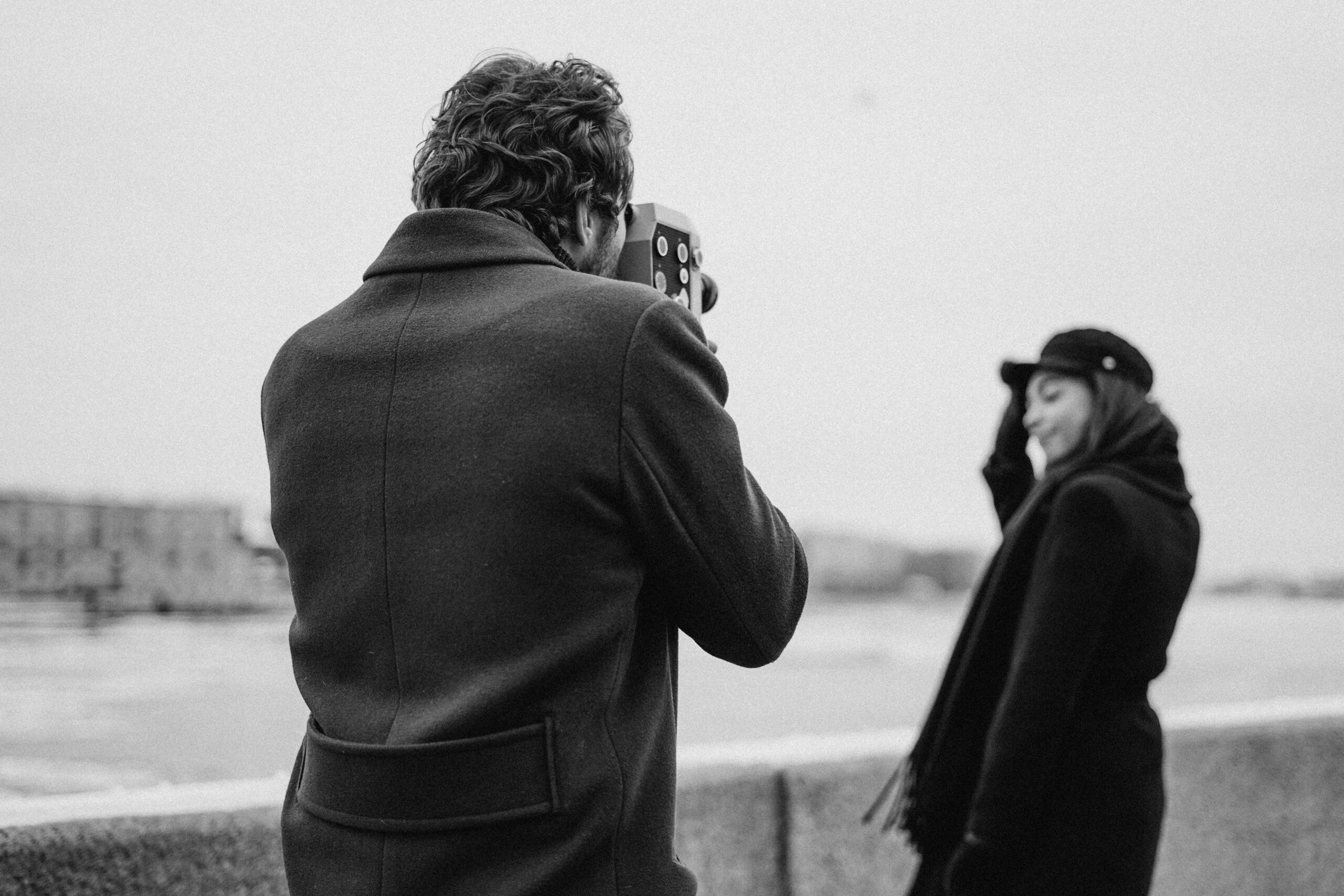In an age of explosive soundtracks, rapid cuts, and high-definition visuals, it’s easy to overlook the power of silence.
Yet some of the most emotionally resonant moments in film history come not from dialogue or music — but from a single look , a subtle gesture , or a pause between movements .
Silent film scenes — even in modern cinema — have a unique ability to teach us empathy. Without words, we’re forced to read body language, facial expressions, and emotional nuance more deeply than ever before.
This article explores how silent scenes in both classic and contemporary films help viewers connect with characters on a human level — and what this means for storytelling, psychology, and emotional intelligence.
Why Silence Speaks Louder Than Words in Film
Silence in film is never truly empty. It’s filled with tension, emotion, and subtext.
When a character says nothing, we’re invited to observe:
- Their eyes searching for meaning
- Their posture shifting under pressure
- Their breath catching mid-thought
These subtle cues mirror real-life emotional experiences — and that’s where the magic of empathy begins.
The Psychology Behind Silent Scenes
Studies show that humans are wired to interpret nonverbal communication as a primary source of emotional understanding.
According to research in Psychological Science , people can accurately detect emotions like sadness, fear, and joy simply by watching silent video clips of others — without any audio at all.
This aligns perfectly with how filmmakers use silent scenes to create emotional resonance:
- No distractions : No dialogue means no filters — just raw emotion.
- Universal appeal : Emotions transcend language, making silent scenes accessible across cultures.
- Viewer interpretation : Silence invites personal reflection, allowing audiences to project their own feelings onto a scene.
Iconic Silent Moments That Moved Audiences
Let’s look at a few unforgettable examples of how silence has been used to evoke empathy in film:
1. City Lights (1931) – The Final Reunion Scene
Charlie Chaplin’s masterpiece ends with one of the most emotionally rich silent exchanges in cinematic history. A blind woman finally sees Charlie — and her hesitation, smile, and tears speak volumes.
There’s no need for dialogue; the audience feels every ounce of longing, joy, and relief.
2. A Quiet Place (2018) – Survival Through Silence
While not a silent film in the traditional sense, A Quiet Place uses minimal dialogue and heightened sound design to immerse viewers in the characters’ fear and vulnerability. The result? A visceral experience of empathy through shared tension.
3. The Artist (2011) – A Love Letter to Silent Cinema
This black-and-white film pays homage to early cinema while telling a deeply emotional story about love, pride, and reinvention. Its lack of spoken dialogue forces viewers to focus on expression and chemistry — enhancing emotional depth.
How Silent Scenes Teach Us Empathy
Empathy requires us to understand someone else’s perspective — and silent scenes do exactly that
Here’s how they foster deeper emotional connection:
1. They Force Us to Pay Attention
Without verbal explanation, we must pay closer attention to small details: a trembling lip, a glance away, a hand held tightly.
These micro-expressions are often more truthful than words.
2. They Mirror Real-Life Emotional Cues
In everyday life, we don’t always say how we feel — and others must interpret our emotions based on behavior.
Silent film scenes train viewers to recognize these cues, improving emotional literacy and social awareness.
3. They Encourage Viewer Reflection
Because there’s no narration or dialogue guiding our thoughts, silent scenes leave room for introspection.
Viewers project their own experiences onto the screen, making the moment deeply personal.
Silent Scenes in Modern Storytelling
Even in today’s hyper-verbal world, many directors continue to embrace silence for its emotional weight.
Think of:
- The final shot of The Graduate — wordless, yet full of existential uncertainty
- The opening of Up — a powerful montage of a life lived, told entirely without dialogue
- The long pauses in Manchester by the Sea — heavy with grief and regret
These moments resonate because they reflect real human experiences — ones we’ve all felt but rarely articulate.
Frequently Asked Questions
Q: Can silent scenes really teach empathy?
A: Yes. Research shows that observing nonverbal emotional cues helps build emotional intelligence and improves our ability to relate to others.
Q: Why are silent film techniques still relevant today?
A: Because human emotion hasn’t changed. Silent scenes allow viewers to engage with stories on a deeper, more intuitive level.
Q: Are silent scenes effective in digital media too?
A: Absolutely. Even in short-form content like TikTok or Instagram videos, creators use silence to emphasize emotion and create impact.
Final Thoughts
Silent film scenes may be a throwback to an earlier era, but their emotional power is timeless.
By stripping away dialogue, they reveal the essence of human connection — teaching us how to see, feel, and understand each other better.
In a world that talks constantly, sometimes the loudest lessons come from silence.





